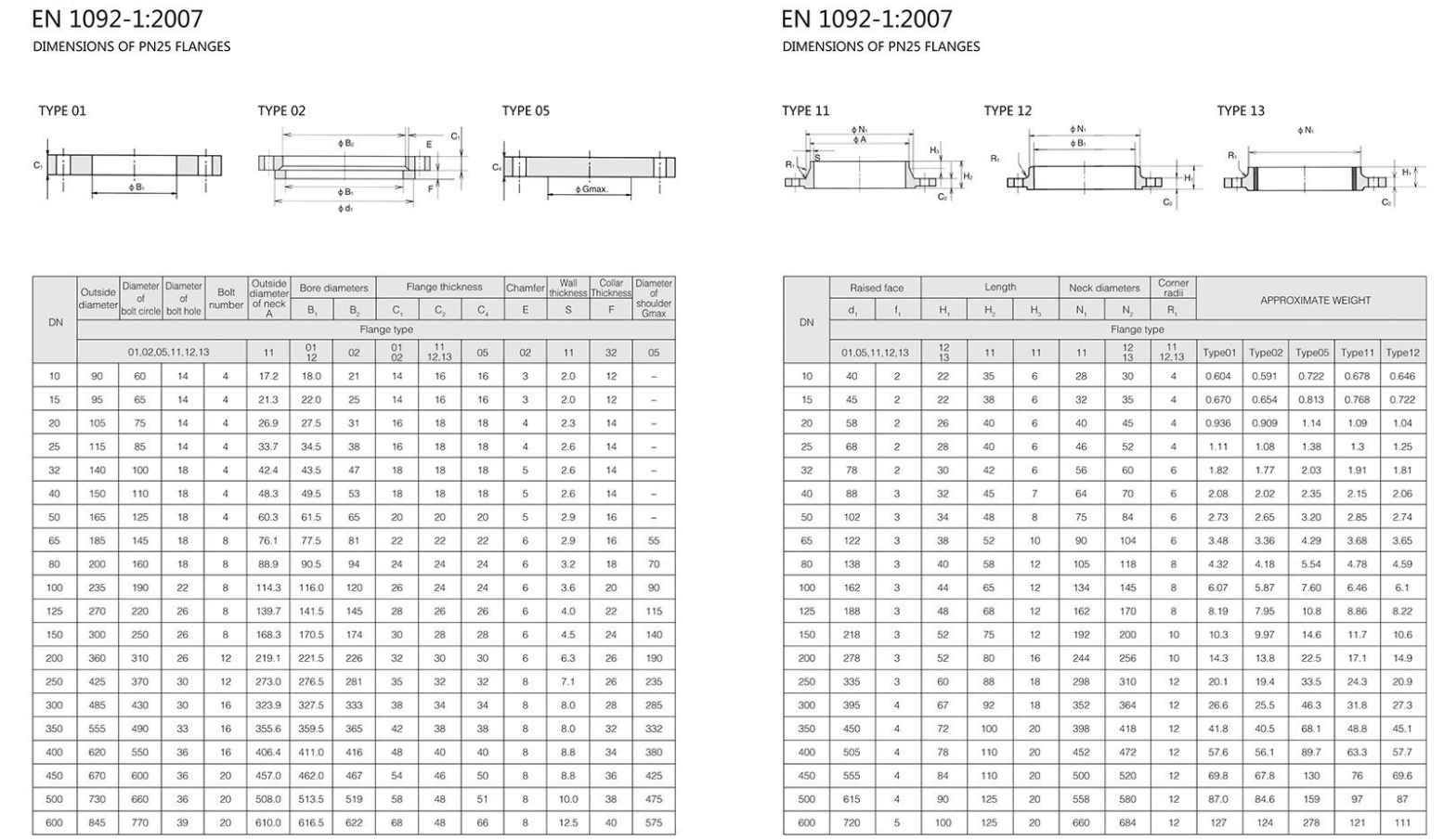-
Cangzhou Yulong Steel Co., Ltd.
-
Phone:
+86 13303177267 -
Email:
admin@ylsteelfittings.com
- English
- Arabic
- Italian
- Spanish
- Portuguese
- German
- kazakh
- Persian
- Greek
- French
- Russian
- Polish
- Thai
- Indonesian
- Vietnamese
- Zulu
- Korean
- Uzbek
- Hindi
- Serbian
- Malay
- Ukrainian
- Gujarati
- Haitian Creole
- hausa
- hawaiian
- Hebrew
- Miao
- Hungarian
- Icelandic
- igbo
- irish
- Japanese
- Javanese
- Kannada
- Khmer
- Rwandese
- Afrikaans
- Albanian
- Amharic
- Armenian
- Azerbaijani
- Basque
- Belarusian
- Bengali
- Bosnian
- Bulgarian
- Catalan
- Cebuano
- China
- China (Taiwan)
- Corsican
- Croatian
- Czech
- Danish
- Esperanto
- Estonian
- Finnish
- Frisian
- Galician
- Georgian
- Kurdish
- Kyrgyz
- Lao
- Latin
- Latvian
- Lithuanian
- Luxembourgish
- Macedonian
- Malgashi
- Malayalam
- Maltese
- Maori
- Marathi
- Mongolian
- Myanmar
- Nepali
- Norwegian
- Norwegian
- Occitan
- Pashto
- Dutch
- Punjabi
- Romanian
- Samoan
- Scottish Gaelic
- Sesotho
- Shona
- Sindhi
- Sinhala
- Slovak
- Slovenian
- Somali
- Sundanese
- Swahili
- Swedish
- Tagalog
- Tajik
- Tamil
- Tatar
- Telugu
- Turkish
- Turkmen
- Urdu
- Uighur
- Welsh
- Bantu
- Yiddish
- Yoruba

Oct . 14, 2024 09:43 Back to list
Understanding the API 5L Pipe Specification for Quality and Performance Standards
Understanding the API 5L Pipe Specification
The API 5L pipe specification is a widely recognized standard developed by the American Petroleum Institute (API) for the manufacturing and testing of line pipes used in the transportation of oil and gas. As the demand for efficient energy transportation continues to rise, understanding API 5L is essential for professionals in the oil and gas industry, as well as manufacturers and engineers involved in pipeline construction.
Background and Purpose
Established in 1925, the API 5L specification was created to ensure the safe and reliable transportation of hydrocarbons. It provides guidelines for the design, material, and construction processes necessary to produce high-quality steel pipes that can withstand the rigors of their environment. The specification covers both seamless and welded steel pipes, which are used in pipelines, structural applications, and various engineering projects.
Key Components of API 5L
API 5L specifies the requirements for manufacturing line pipes, including chemical composition, mechanical properties, and testing methods. The standard categorizes pipes into different grades based on their yield strength and wall thickness, which are critical factors in determining their suitability for specific applications. Common grades include API 5L X42, X46, X52, X60, X65, and X70, each designed to handle varying levels of stress and environmental conditions.
1. Material Specifications API 5L outlines the chemical composition of the steel used in the pipes, ensuring they possess adequate strength and resistance to corrosion. The specifications mandate control over elements such as carbon, manganese, phosphorus, and sulfur to improve the overall quality of the pipes.
2. Mechanical Properties Each grade of API 5L pipes must meet specific mechanical property requirements, which include yield strength, tensile strength, and elongation. These properties are crucial for the structural integrity of the pipelines and their ability to withstand external pressures and temperatures.
3. Testing Procedures Rigorous testing is a fundamental aspect of the API 5L specification. Pipes must undergo various tests, including non-destructive testing, flattening tests, and impact tests, to ensure they meet the quality standards. These tests help to evaluate the physical condition of the pipe and its performance under operational conditions.
api5l pipe specification

Importance in the Industry
The API 5L specification plays a vital role in the oil and gas industry, as it directly impacts the safety, reliability, and efficiency of pipeline systems. Adherence to these standards ensures that the pipelines can transport oil and gas safely over long distances, minimizing the risk of leaks or failures that could have catastrophic consequences.
Furthermore, compliance with API 5L can significantly affect a company's reputation and operational efficiency. Organizations that adhere to these standards are more likely to secure contracts and maintain relationships with clients who prioritize safety and quality.
In addition, the global nature of the oil and gas industry means that API 5L is often recognized and adopted internationally, facilitating trade and ensuring a consistent understanding of pipeline requirements among manufacturers, engineers, and regulatory bodies.
Recent Developments and Trends
With advancements in technology and materials science, the API 5L specification is continually evolving. New grades and improved manufacturing techniques are emerging, pushing the boundaries of what's possible. For instance, the introduction of high-strength steel pipes allows for thinner walls while maintaining structural integrity, reducing costs and improving flow efficiency.
Moreover, as environmental concerns gain more attention, there’s a growing emphasis on the development of pipes that can withstand corrosive materials and extreme conditions. Innovations such as coating technologies and corrosion-resistant materials are gaining traction under the API 5L specification to enhance the longevity and sustainability of pipelines.
Conclusion
In conclusion, the API 5L pipe specification is essential for the oil and gas industry. It provides a foundational framework for producing high-quality line pipes that are critical for safe energy transportation. As the industry adapts to new technologies and environmental challenges, the evolution of the API 5L specification will continue to be pivotal in shaping the future of pipeline construction and maintenance, ensuring safety, efficiency, and reliability in transporting the world's energy resources. Understanding and adhering to these standards will be crucial for companies aiming to thrive in the ever-evolving energy landscape.
Latest news
-
ANSI 150P SS304 SO FLANGE
NewsFeb.14,2025
-
ASTM A333GR6 STEEL PIPE
NewsJan.20,2025
-
ANSI B16.5 WELDING NECK FLANGE
NewsJan.15,2026
-
ANSI B16.5 SLIP-ON FLANGE
NewsApr.19,2024
-
SABS 1123 FLANGE
NewsJan.15,2025
-
DIN86044 PLATE FLANGE
NewsApr.19,2024
-
DIN2527 BLIND FLANGE
NewsApr.12,2024
-
JIS B2311 Butt-Welding Fittings LR/SR 45°/90° /180°Seamless/Weld
NewsApr.23,2024











